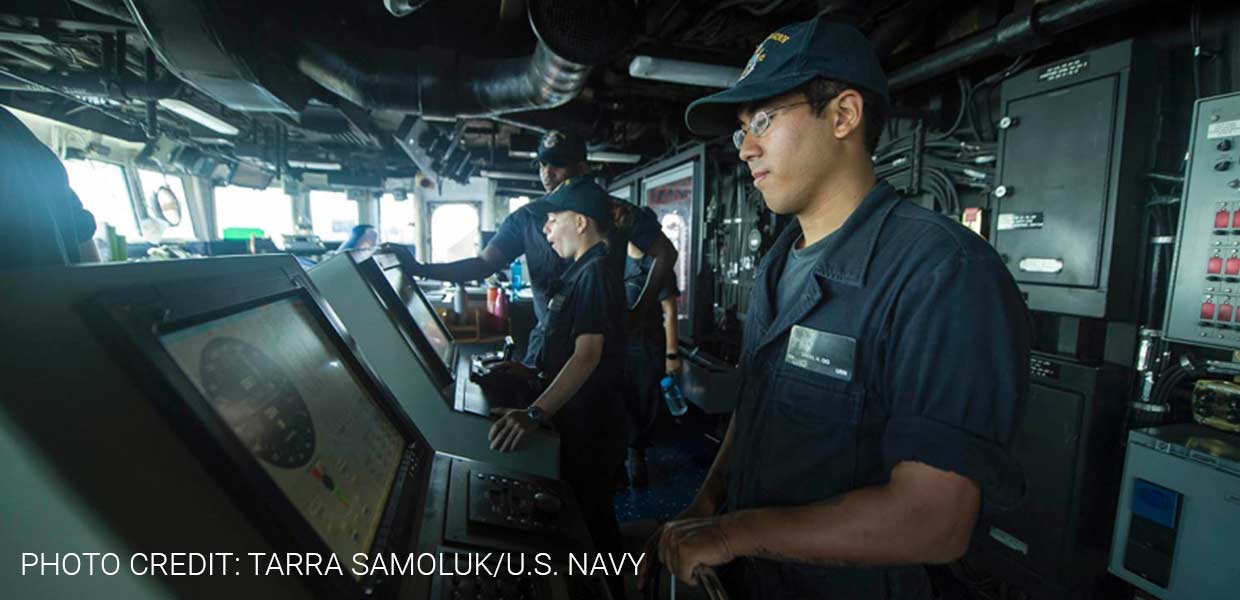
Lack of sleep threatens Navy safety and readiness
Since June, two collisions involving U.S. destroyer vessels in the western Pacific have resulted in the loss of 17 sailors. Earlier this month, a Senate hearing into these accidents heard that sleep deprivation may have been a causal factor. A recent Government Accountability Office report said crew size reductions have left some sailors on ships working more than 100 hours a week, creating safety risks.
According to a directive obtained by Stars and Stripes, Vice. Adm. Tom Rowden has ordered ship captains to establish routines no later than Dec. 20 that will give sailors predictable watch schedules and sleep periods.
“You would not operate your car under these conditions; we should not ask our crews to stand watch and operate shipboard systems in a similar mental and physical state.”
Vice. Adm. Tom Rowden
Pulsar is now working on the integration of its Fatigue Meter technology into the Navy’s NOSIS scheduling system with intended field trials at the end of 2018. This technology can quantify the fatigue level of the sailor based on their work schedule (derived from the watchbill) to provide feedback to schedulers and the submarine command structure.
By providing an application level dashboard to the submarine command structure, those in charge of scheduling or decision making can quickly identify sailors who are becoming fatigued, those who are deviating substantially from their own personal norm, and compare to their fellow sailors in the same department of the sub for relative fatigue considerations.